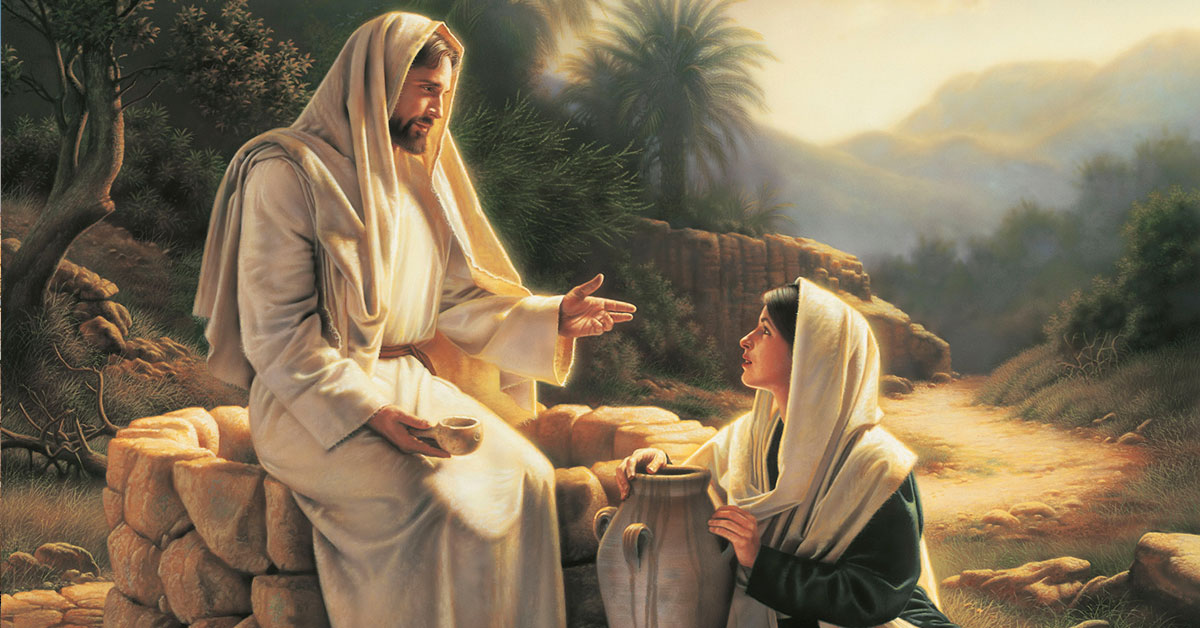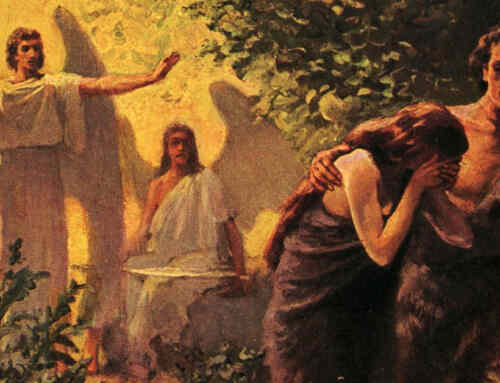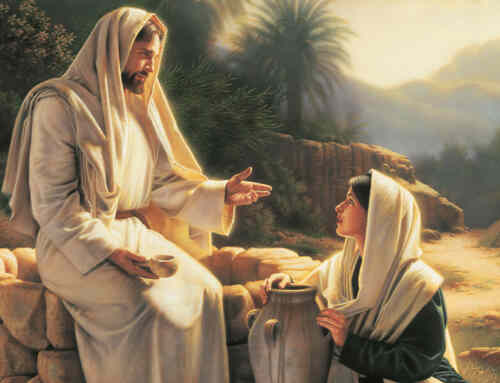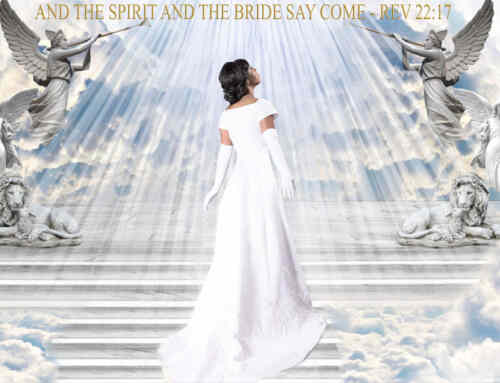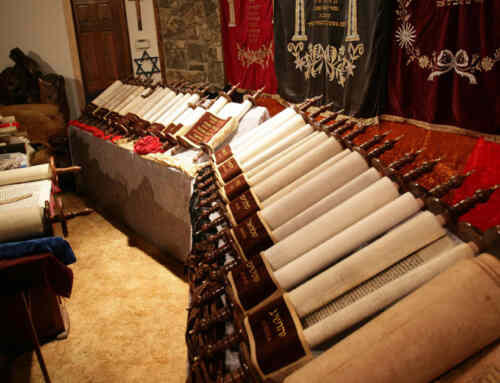The context of John 11:26 is the death and resurrection of Lazarus. His sister Martha expresses understanding of Jesus’ words without asking ‘why did my brother die since he was a believer?’ This indicates a deeper meaning is meant. Some English translations add the proper insight to this verse – that those who believe in Jesus will not ultimately die. (See Wycliff Bible and Youngs Literal Translation among others.)
The Apostle Paul summarizes God’s plan concerning everlasting life in 1 Corinthians 15: 21-26: “For since by a man death came, by a man also came the resurrection…For as in Adam all die, so also in Christ all will be made alive. But each in his own order: Christ the first fruits, after that those who are Christ’s at his coming (The Greek word here meaning “presence”), then he hands over the kingdom to our God and Father, once he has abolished all rule and all authority and power. For he must reign until he has put all his enemies under his feet. The last enemy that will be abolished is death.”
God’s plan of salvation will eventually secure eternal life to EVERYONE who wishes. Those now faithful will receive a grand heavenly resurrection, while everyone else who has ever lived will be rewarded with perfect, everlasting human life. Death will be abolished.
Hebrews 9:27 is in harmony with this concept.
Here the Apostle Paul is giving a lesson on type and antitype. He is comparing the work of the Jewish priests every year with the work of Christ and telling how these earthly priests went into the Holy and afterwards into the Most Holy of the Tabernacle. The priest took with him the blood of a bullock, then of a goat. He went into the Holy; and, after the cloud of incense had passed through the second veil and covered the Mercy-Seat, he went into the Most Holy, representing heaven itself.
The antitype is that our Lord Jesus offered up himself as the bullock. The bullock represented Jesus as a man; the goat represented the human nature of the church. As High Priest, Jesus slew the bullock; at baptism he offered the sacrifice of his humanity. The typical priest took his two hands full of incense and crumbled it in the fire on the incense altar, representing the three and one-half years of our Lord’s ministry. This picture of the incense falling upon the fire represented the glorious qualities of Jesus as he came in contact with the trials of life. In every case, his faithfulness yielded a sweet perfume.
When Satan came to him with temptation, his loyalty was an offering of sweet odor to God. When he had the suggestion come to him to avoid giving what he had agreed to give, he put the temptation away and would have nothing to do with it. “The cup that my Father hath poured for me, shall I not drink it?” was ever his sentiment. The sweet incense went before him and appeared in the presence of God before he finished his course at Calvary. His death upon the cross was the last crumb of incense falling into the fire, in the antitype. Then our High Priest went “under the veil” – into death. He was parts of three days under the veil, arising on the other side of the veil on the third day. This was the resurrection of Jesus. He arose on the spirit side of the veil as a spirit being. Then 40 days later, he sprinkled upon the Mercy Seat in the Most Holy (picturing heaven) the blood of atonement on behalf of the church, his true followers.
The apostle here is trying to get the church to see that the Jewish high priest did something of this kind in type. The Jewish high priest went into the Most Holy of the Tabernacle with blood. That blood, in every case, represented the blood of the high priest – his life. Every high priest, when he passed under that veil on the Day of Atonement, was in danger of being stricken dead. If he had not done perfectly according to the requirements of God, he would have died as he attempted to pass that veil, under that curtain. And so, it would have been death to Jesus if he had not done perfectly the will of the Father.
Then the apostle declares, “It is appointed unto the men (the priests) once to die (typically, in passing under the veil) and after that the judgment,” or decision. They typified their death in the sacrifice of the bullock, and carrying its blood under the veil. If the priest had not done it perfectly, he died. The bullock represented the priest. After he had sacrificed it, he passed with its blood under the second veil. “After death the judgment.” There is no reference here to the death of mankind, but merely to these priests offering their sacrifice. Jesus died, passed the second veil, and was raised on the third day. After the high priest in the type had made his offering and had passed beyond the second veil, and sprinkled the blood upon the Mercy Seat, he came out and blessed the people.
Our Lord Jesus, the High Priest, has not yet come out to bless the people. The antitype is a very large thing. Jesus went under the veil into the heavenly “Holy” almost 2,000 years ago. He has not yet appeared for the blessing of the world. But “To those that look for him, he shall appear a second time, not as a sin-offering, but unto salvation.”



